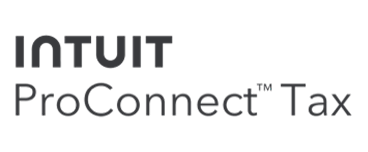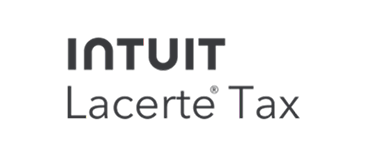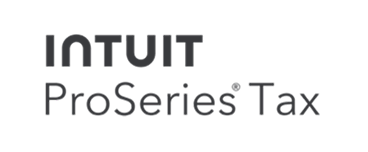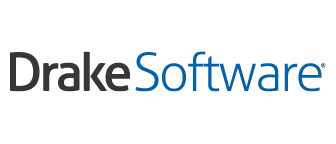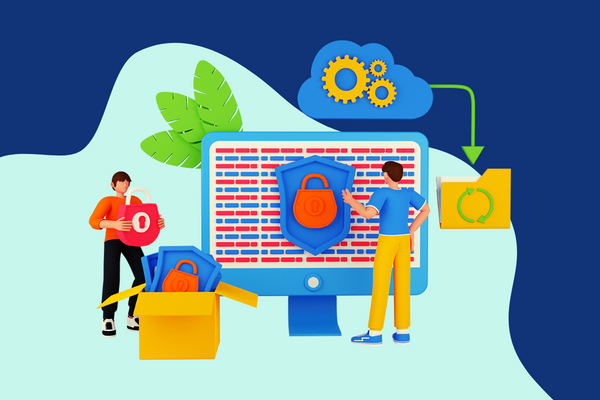
Cybersecurity Facts and How to Protect Your Data with a Cloud Document Management System
With cyberattacks happening more frequently than ever before, protecting your business and client data is a large obligation to meet.
Cyberattacks target all industries and company sizes, but smaller companies tend to be the easiest to hack, as many don’t have proper processes in place to keep data secure. In this blog, we share some facts about cybersecurity and what you can do to keep your data safe.
Data Security Facts
Cybercrime is any crime that takes place online or primarily online. It can range from security breaches to personal information theft. Cybercriminals often commit crimes by targeting computer networks or devices. Here are some facts about cybersecurity:
- Every 11 seconds a company is a victim to a ransomware attack, on average. (Cyber Security Ventures)
- 95% of breaches are caused by human error. (World Economic Forum)
- $9.44 Million is the 2022 average cost of a data breach in the United States (IBM)
- $5.05 Million is the 2022 average cost of a data breach in the UK (IBM)
- 22 billion records were exposed in 2021 breaches. (RiskBased Security)
- Over 70% of US tax-filing adults are concerned about data breaches when filing income taxes online. (PC Mag Tax Survey 2021)
- In 2020, malware increased by 358% and ransomware by 435% compared to 2019. (Help Net Security)
How to Keep Your Data Safe
- Follow Best Practices: Staying updated on the latest recommendations and risks is critical. You should also regularly educate your staff so they can confidently recognize cyberattacks and ransomware attempts. Your company should be trained in and required to follow best practices around document management, network protection, password creation and usage, and more.
- Actively Mitigate Risks: Review the flow of information throughout its journey in your business—from the moment your clients begin sharing information with you to when you’ve finished the project. It’s also important to identify the hardware and software you use, where it’s located, who has access to it, and what vulnerabilities are specific to each. This can help you determine if there are any weaknesses in how you manage and store personal data, and ultimately, help you take actionable steps to mitigate the risks.
- Secure Everything in the Cloud: On the cloud, your data is encrypted—which means it’s scrambled and unreadable—during transit and while at rest. You can also control who accesses each piece of data. Approved users must verify their identity via two-factor authentication to access it. When you use a secure online document management system, you can also see exactly what’s happening, like who created, accessed, downloaded, and deleted documents. And automatic data backup means you won’t lose anything to natural disasters, power failures, or human errors.
- Collaborate Safely Online: It’s risky to share documents with sensitive information, such as financial or personal details, through emails. Make sure to use a client portal that allows you to safely share files with each staff and clients. It should give authorized users access to the documents whenever they need them and from wherever they’re located.
Learn More About Keeping Your Business and Client Data Safe Online
While some may be hesitant about going digital on the cloud, when you have a powerful tech stack, you can rest assured that your most valuable information is safeguarded by the strongest security measures.
Built with bank-level security, SmartVault is the most secure way to store and share your documents. Schedule a 15-minute demo to see why over two million people trust SmartVault with their data.
